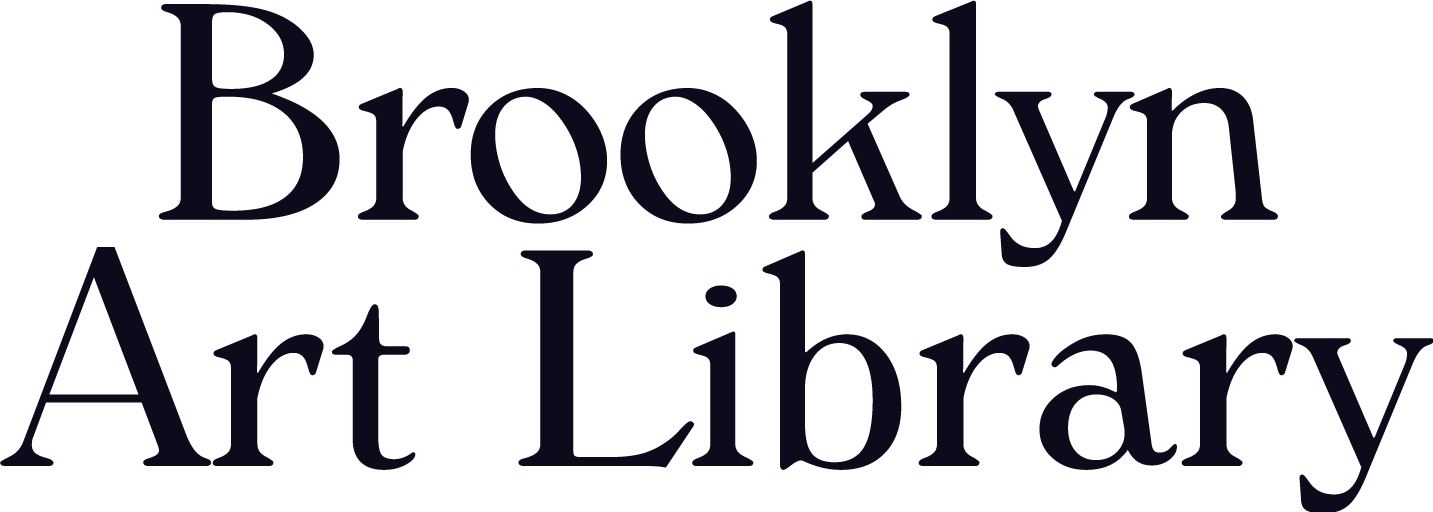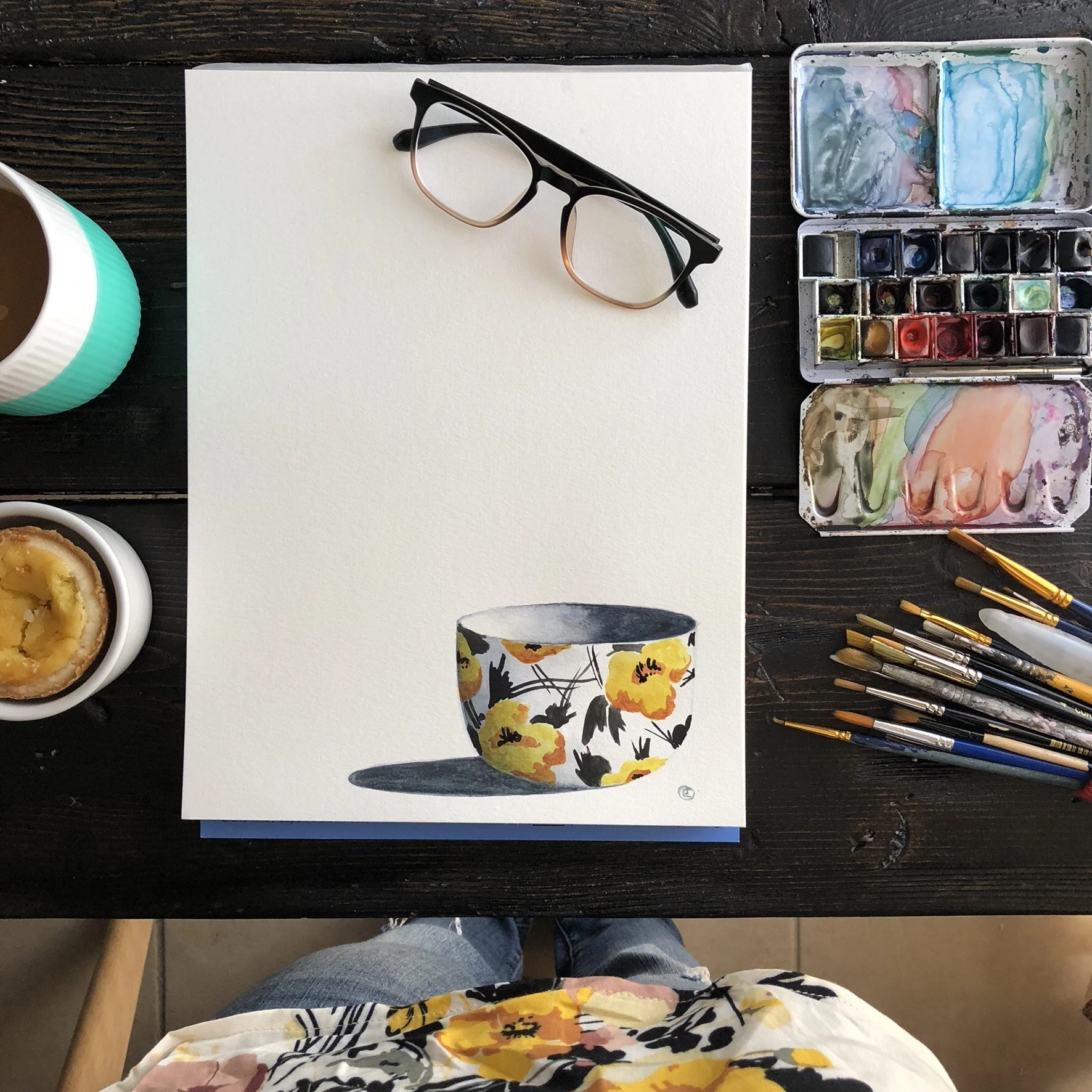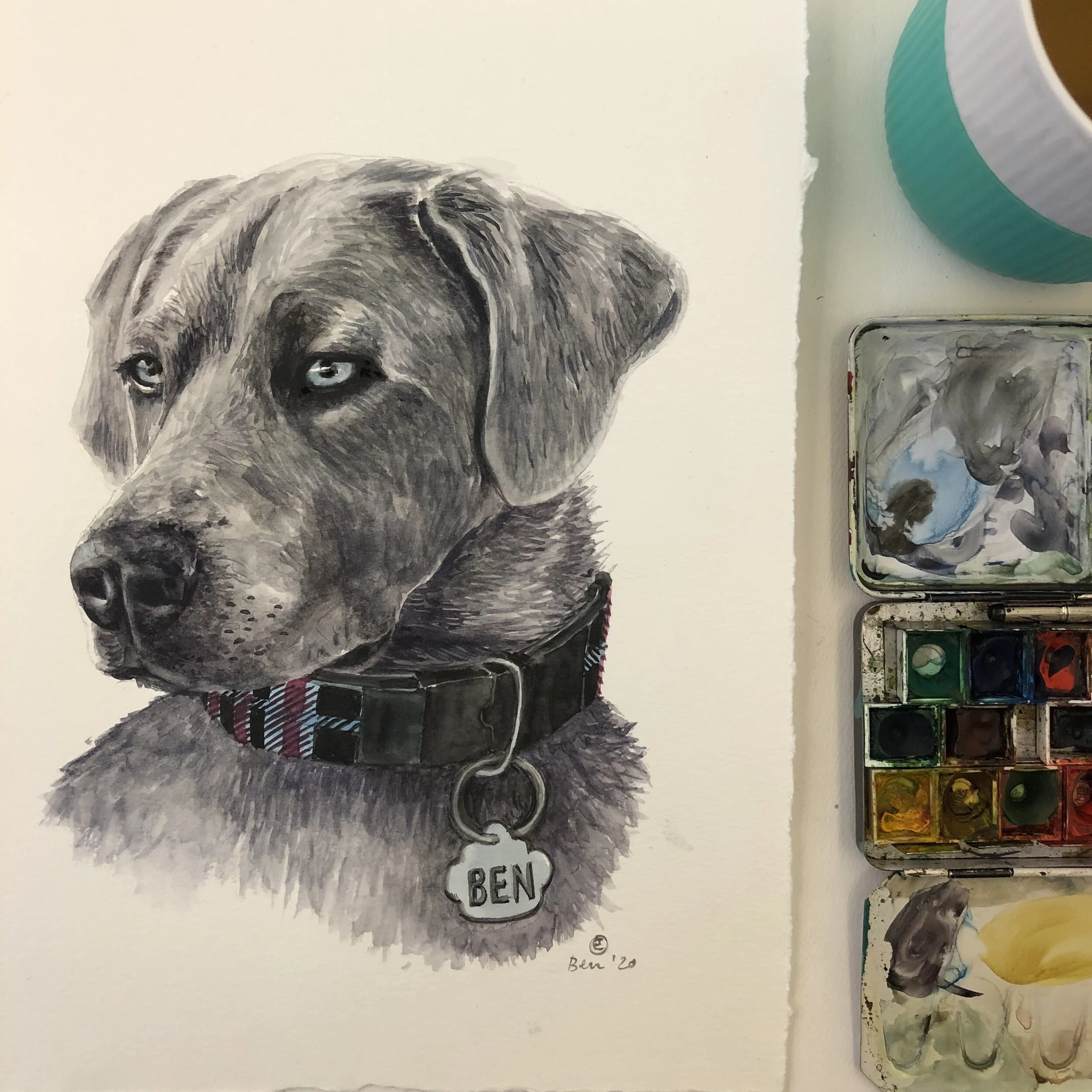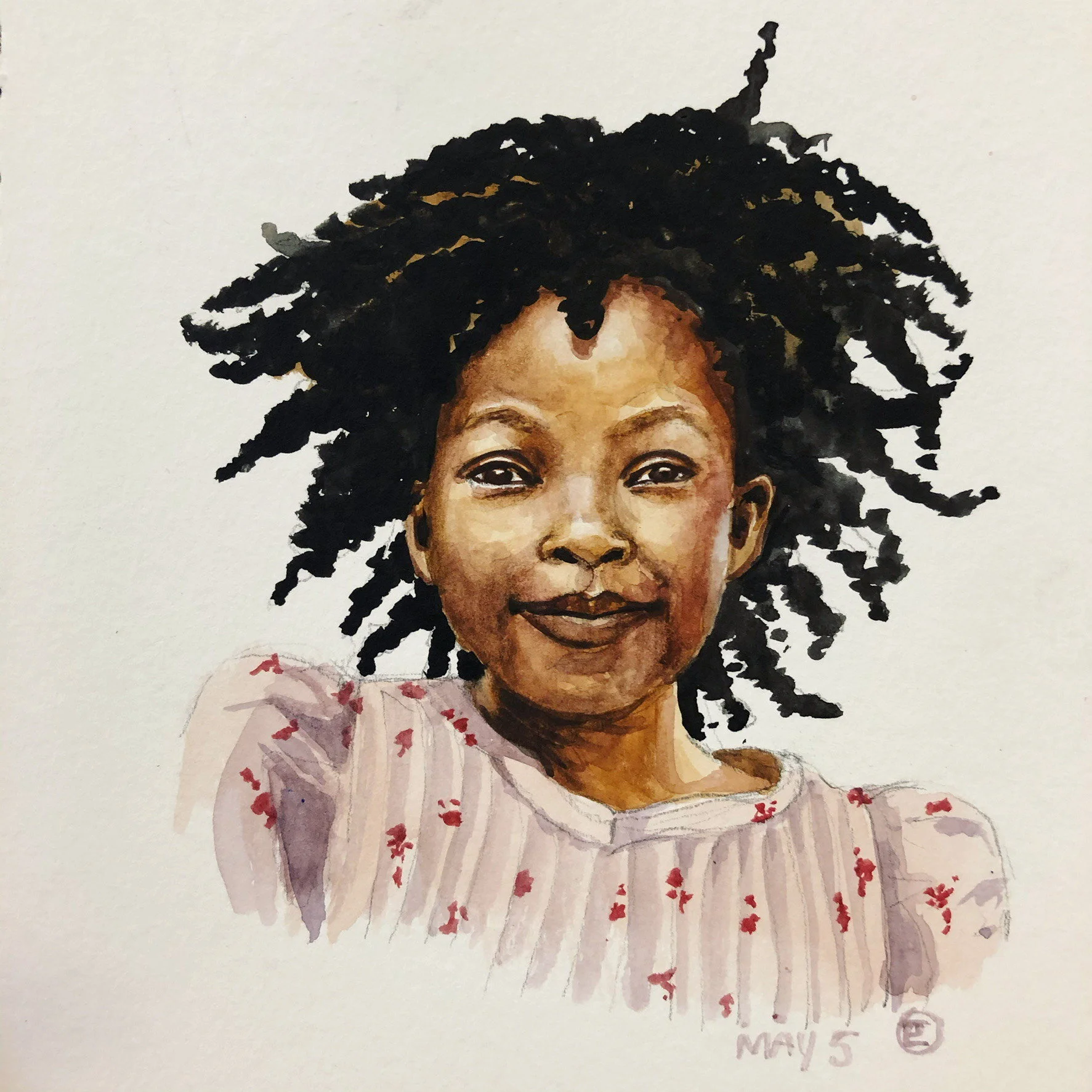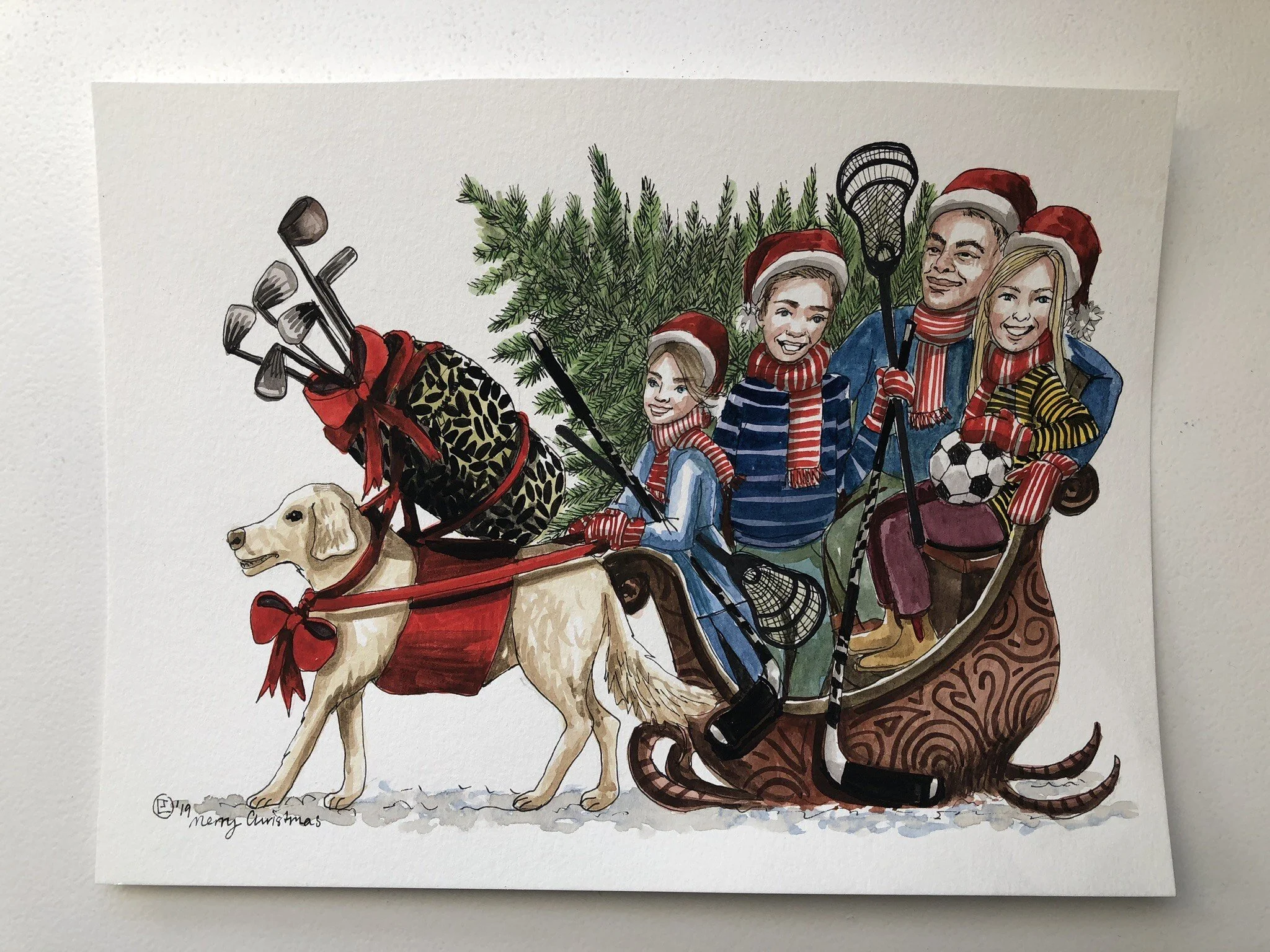Small Talks: Charlotte Hamilton
Charlotte Hamilton is an educator and illustrator based in Toronto, Canada. The creative mind behind Blueshine Art, Hamilton’s style is immediately recognizable—bursts of vivid color and bold brushstrokes, paired with a sharp attention to linear details and pattern design across her portraiture and landscapes. Having studied art first in London then in Mallorca, Spain, Hamilton’s career has taken her through interior decorating and mural painting, and she now continues to teach in-person and virtual classes centered around painting and sketching. You can keep up with her newest projects and courses on Instagram and Facebook, support her on Patreon, and sign up for her latest classes through her website.
On Wednesday, May 26th 4PM EST, Hamilton will teach a watercolor workshop, with a specific emphasis on capturing light and depicting nature, as part of our Small Talks series.
Your 2016 sketchbook, “10 Minutes per Medium,” contains pages of 10-minute sketches. What inspired you to create this sketchbook with this time limit for each spread? How has your art practice changed since then?
In 2016, I was teaching at schools a lot. The short practices helped me keep the school kids, especially the younger kids and teens, focused on the lesson. So when I saw that one of The Sketchbook Project’s prompts was “10 minutes per medium,” I thought this was a great challenge for myself and a do-able daily to complete the sketchbook. Little did I know that this was going to mold my future classes and the way I teach. Learning to capture an image quickly only aids in your creative growth.
Do you continue to keep a sketchbook in your daily practice?
I continue to keep a daily practice, but it doesn’t always end up in a sketchbook. My table right now is full of pieces of paper with sketches on it from my daily morning classes which I have been doing for the past year through Instagram Live. The pandemic has brought a lot of creative souls together and creating daily has really helped calm us all during this past year.
You have a background in interior design and worked on large-scale mural painting and decor projects, before you started Blueshine. Do you find that you still use lessons from that time in your practice today?
Yes, absolutely, I still use a lot of what I learnt when I was painting murals. I actually think it stems more from my classical teaching in the art school I went to in Spain. They focused on proportion and chiaroscuro (light and dark) which I still apply now.
Could you speak more about your path to becoming an artist? Was art-making something you were always interested in or did you come into creative work later in life?
It's the only thing I’ve ever wanted to do. I think the only other profession that I could perhaps be happy in would be as a chef. From a very young age, my mother said I would just sit there and draw. I experimented with different mediums and expressed teenage angst and frustrations through art just as others may have kept a journal. There wasn‘t any other option in my mind. From the time I finished my time at the art school in Spain, I adapted to whatever art form to keep me feeling as though I was creating daily. Whether it was murals, trompe l'oeil effects on walls, illustration, logo designs, and then teaching, I rarely said no to a job if I thought it felt artsy and creative.
In addition to working as an artist and illustrator, you also teach classes with students of all ages. How has working with students shaped your own growth as an artist?
I believe teaching makes you more confident to try new things especially when teaching young kids. They love to experiment so just the whole exploration of different mediums and subjects helps you grow. I don’t think I would have been as aware of nature and sketching nature if it wasn’t for my summer art camps I used to run.
I’ve always been very focused on figurative art, and it wasn‘t until I started exploring outside with the art campers in the summer that I took an interest in painting nature and landscapes.
What’s the best piece of art-making advice you have ever received?
“Squint your eyes.” It’s like adding ‘contrast’ to an image on one of your photos in your camera roll. This was a technique my instructor in Spain always told us to do to see the shapes of areas which are in shadow.
What is your studio space like?
I have a small studio space in my basement which I love because I can leave it as messy as I like and walk away. It’s also a space where I used to run my small art camps in the summer. It’s air-conditioned so there’s relief from the heat for the kids. Adult evening classes are hosted too from here in my studio, but I can only have six students at a time. This past year my studio has been very lonely—just me down here—which is why I love Zoom classes. I get to see my students and it almost feels like they are here with me.
There are also times I love bringing my smaller projects up into the kitchen and being around the family, and I’ll usually take a sketchbook with me wherever I go and a few pens in my purse.
Do you have any tips for budding artists who are hoping to develop their personal illustrative style or may be intimidated by growing their art practice?
Draw and sketch daily. Set a time limit even as low as 5-10 minutes a day. You’ll be surprised how quickly you grow. I love the quote by Pablo Picasso, “ Every artist was once an amateur.” Don’t be afraid to put the hours in. Take lots of online classes and courses. There are so many out there.
Then when we are able to travel again, travel and see and sketch the world. I travelled a lot in my 20’s, Asia, Africa, Europe, and some of North America. It helps to expand your visual experiences and create stories, which you can then translate onto canvas or in a painting.
Who are some artists inspiring you today?
There are so many, Lisa Congdon, August Wren, Lisa Soloman, Cameron Bliss, Vin Ganapathy, Anna Wilson, Marc Martin, Courtney Cerruti, Cortney Spilane, Arounna Khounnoraj, Carson Ellis, just to name a few.
Are there any art supplies that are essential to your practice?
Really anything that can make a mark on a piece of paper, but I do love my small travel-size Winsor & Newton set and Canson XL watercolor paper.
How can people support your work?
People can support me by taking my classes and I also have a Patreon page. I have weekly Zoom art classes, which they can link through my website, and portrait classes on CreativeBug and Sktchy which can be linked through my bio on Instagram or through my website.
